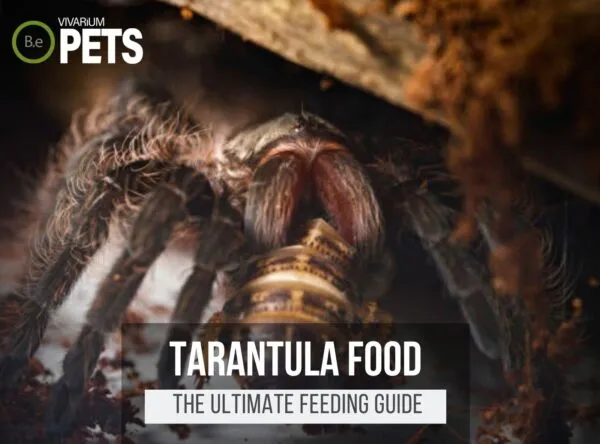Understanding Tarantula Slings Nutritional Needs
Raising tarantula slings successfully requires a solid understanding of their nutritional needs. Unlike adult tarantulas, slings are in a rapid growth phase, making their diet crucial for healthy development. A balanced diet supports their molting process, growth, and overall well-being. The food they consume directly impacts their size, coloration, and longevity. This article delves into the top five secrets of feeding tarantula slings, providing essential knowledge for both novice and experienced keepers. Ensuring your sling gets the right nutrition is one of the most important aspects of tarantula care, setting the foundation for a thriving spider.
The Importance of a Balanced Diet
A balanced diet is paramount for the health of your tarantula sling. Just like humans, spiders require a variety of nutrients to thrive. This includes proteins, fats, and essential vitamins and minerals. A diet lacking in any of these can lead to stunted growth, poor health, and even premature death. A varied diet ensures your sling receives everything it needs to develop properly. It is crucial to avoid a monotonous diet, which could result in nutritional deficiencies. Strive for a diet that mirrors what they would naturally consume in the wild, which typically consists of insects and small invertebrates.
Why Diet Matters for Growth
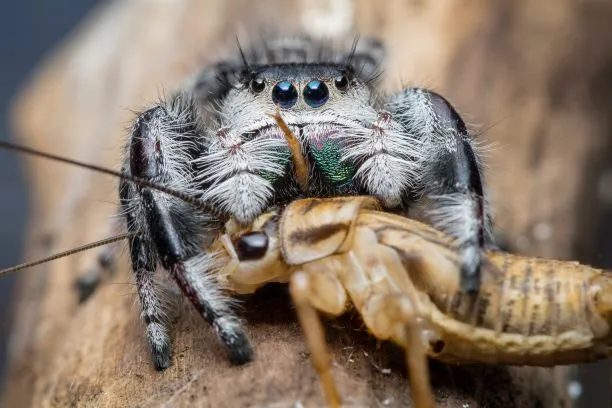
Diet is the single most important factor for a tarantula sling’s growth. During the sling phase, tarantulas are constantly molting and growing. This process requires significant energy and nutrients. A proper diet provides the necessary building blocks for a successful molt, allowing them to shed their exoskeleton and grow larger. Without sufficient nutrients, molting can be a difficult and even fatal process. A well-nourished sling will molt more frequently, indicating healthy growth. Furthermore, diet impacts the overall coloration and vibrancy of the spider, making proper nutrition essential for both the health and aesthetics of your tarantula.
Secret 1 The Ideal Food Size
One of the biggest mistakes made by new tarantula keepers is providing food that is too large for their slings. The ideal food size is crucial. The general rule is to offer prey items that are no larger than the tarantula’s body length. Overly large prey can stress the sling, making it difficult to consume and potentially causing harm. It is better to err on the side of caution and choose smaller prey items, especially during the early stages of growth. Always observe your sling as it eats and ensure it can successfully handle the food provided. This will help to avoid issues associated with feeding.
Matching Prey to Sling Size
Carefully matching prey size to your sling is paramount. As your tarantula sling grows, you will need to adjust the size of the food accordingly. For very small slings (1/4 inch or less), fruit flies, pinhead crickets, or pre-killed mealworms are suitable. As they get bigger, you can gradually increase the size of the prey. This might include small crickets, newly hatched roaches, or small mealworms. The key is to provide food that the sling can easily overpower and consume. Avoid offering prey that is too fast or too large, as it can stress the sling and increase the risk of injury. Observe your sling’s feeding behavior to gauge whether the prey size is appropriate.
Preventing Overfeeding
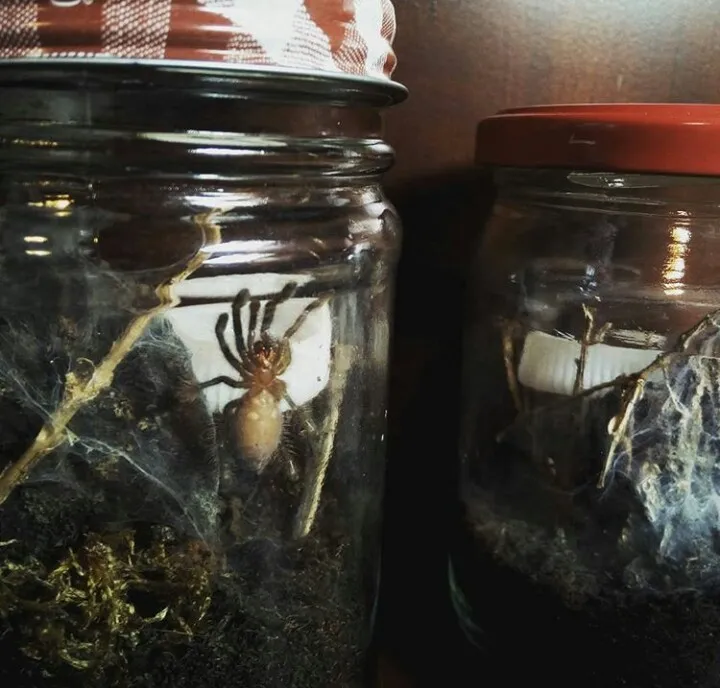
Overfeeding is as detrimental as underfeeding. While slings need to eat regularly, offering too much food can lead to several problems. It can cause the sling to become obese, putting stress on its internal organs and potentially shortening its lifespan. Excess food left in the enclosure can also attract mites and other pests, which can be harmful to the sling. The general rule is to feed slings every 2-3 days, offering one or two appropriately sized prey items. Remove any uneaten food within 24 hours to maintain a clean and healthy environment. Observing the sling’s abdomen will help you determine whether it is getting too much food. If the abdomen appears very large and round, you should reduce the feeding frequency.
Secret 2 The Best Live Food Choices
Selecting the right live food is critical for ensuring your tarantula sling receives the necessary nutrients. The best choices are insects that are easy to obtain, nutritious, and safe to feed. The quality of the food you feed to your tarantula directly impacts its health. Therefore, it’s important to choose insects that are also well-fed. Gut-loading, the practice of feeding the insects a nutritious diet before offering them to your sling, is highly recommended. This ensures the sling gets the maximum nutritional value from its meals. Consider the ease of breeding and the space required to house the feeder insects when making your selection.
Variety of Food
Offering a variety of food is essential to a balanced diet. Relying on a single type of insect can lead to nutritional deficiencies over time. Try to offer a mix of different food options to ensure your sling receives a wide range of nutrients. This will also keep the feedings more interesting and stimulate the sling’s hunting instincts. Rotate through different types of insects to provide a varied diet. Regularly incorporating different insects into the diet can help prevent the sling from becoming bored with its food. This variety can also help to prevent picky eating habits as the sling grows older.
Common Live Food Options
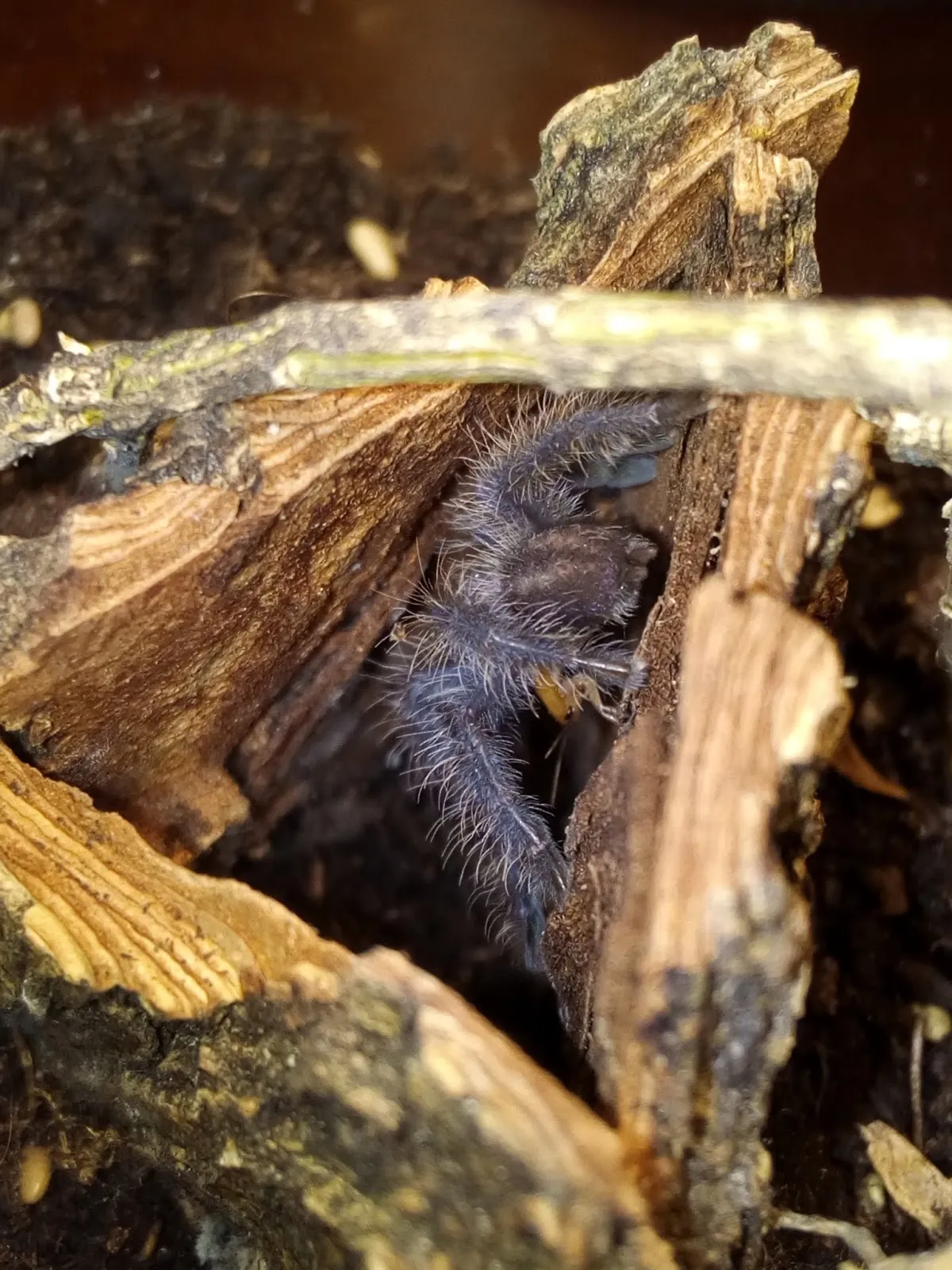
Here are some of the most common and effective live food options for tarantula slings Crickets: These are a staple food for many tarantulas. Pinhead crickets are ideal for small slings. Mealworms: Readily available and easy to handle, but should be offered pre-killed to smaller slings. Fruit flies: An excellent option for very small slings, particularly flightless fruit flies. Roaches: Dubia roaches are a good choice, as they are nutritious and less likely to burrow. Always ensure the food you offer is healthy and free from pesticides, providing a nutritious meal for your growing tarantula. Remember to gut-load these insects to maximize their nutritional value before feeding them to your sling.
Secret 3 Supplementing the Diet
While a varied diet of live insects provides most of the necessary nutrients, supplementing your tarantula sling’s diet can further enhance its health and growth. This can be especially helpful during periods of rapid growth or molting. Supplements can help fill any nutritional gaps that may exist in the regular diet, ensuring the sling receives everything it needs to thrive. Remember that supplements should be used in moderation and should never replace a varied and balanced diet of live insects. Over-supplementation can be just as harmful as under-supplementation. When considering supplements, it’s important to use them judiciously and with an understanding of their purpose.
Importance of Vitamins and Minerals
Vitamins and minerals play a vital role in the overall health of tarantula slings. They are essential for various biological functions, including growth, molting, and immune system function. Calcium is particularly important, as it is crucial for the formation of the exoskeleton. Vitamin D3 helps with calcium absorption. A deficiency in any of these can lead to health issues, such as weakened exoskeletons or problems during molting. Providing these essential nutrients can ensure that your sling develops properly and has a strong, healthy body. It is important to know which vitamins and minerals are vital to supplement the diet.
Ways to Supplement
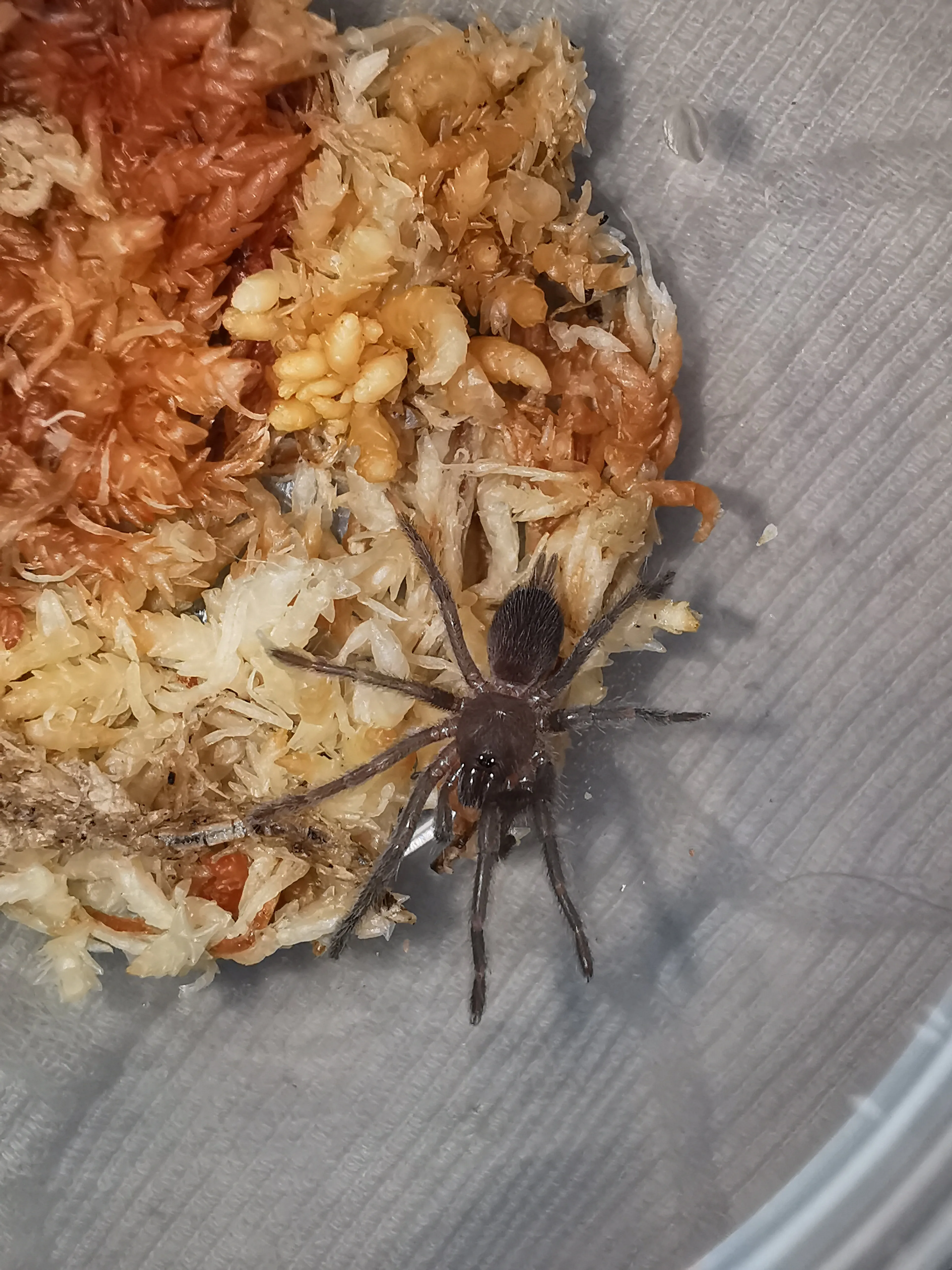
There are several ways to supplement the diet of your tarantula sling. Gut-loading the feeder insects with vitamin-rich foods is one of the most effective methods. You can also dust the insects with calcium and vitamin supplements before feeding them to your sling. This ensures that the sling receives the necessary vitamins and minerals with each meal. Consider using a calcium supplement with D3 if the sling doesn’t have access to UVB light. Another method is to offer pre-killed insects that have been dusted with a supplement, which is an option for smaller slings that may not hunt live prey efficiently. Remember to research and use reputable supplements that are designed for insectivores.
Secret 4 Water and Hydration
Water is essential for the health and survival of tarantula slings, playing a vital role in their hydration and molting process. Slings need access to clean water at all times to maintain their health and well-being. Dehydration can be fatal, so providing a reliable source of fresh water is paramount. In addition to providing water, maintaining the appropriate humidity level is also crucial, as it aids in molting and overall health. Monitoring the environment ensures your sling stays properly hydrated and healthy. Ensure there is always a shallow water dish available for your sling, especially during molting or periods of dryness.
Providing Clean Water
Always provide a shallow water dish or a water-filled cotton ball for your tarantula sling. This ensures the sling has access to clean water at all times. Replace the water regularly, typically every day or every other day, to prevent bacterial growth and maintain water quality. Use a small, shallow dish that the sling can easily access without the risk of drowning. Check the water source daily to ensure it is clean and free from debris. It’s important to provide clean water to support their health and survival, as well as to keep the enclosure clean and healthy for your tarantula.
Humidity Levels
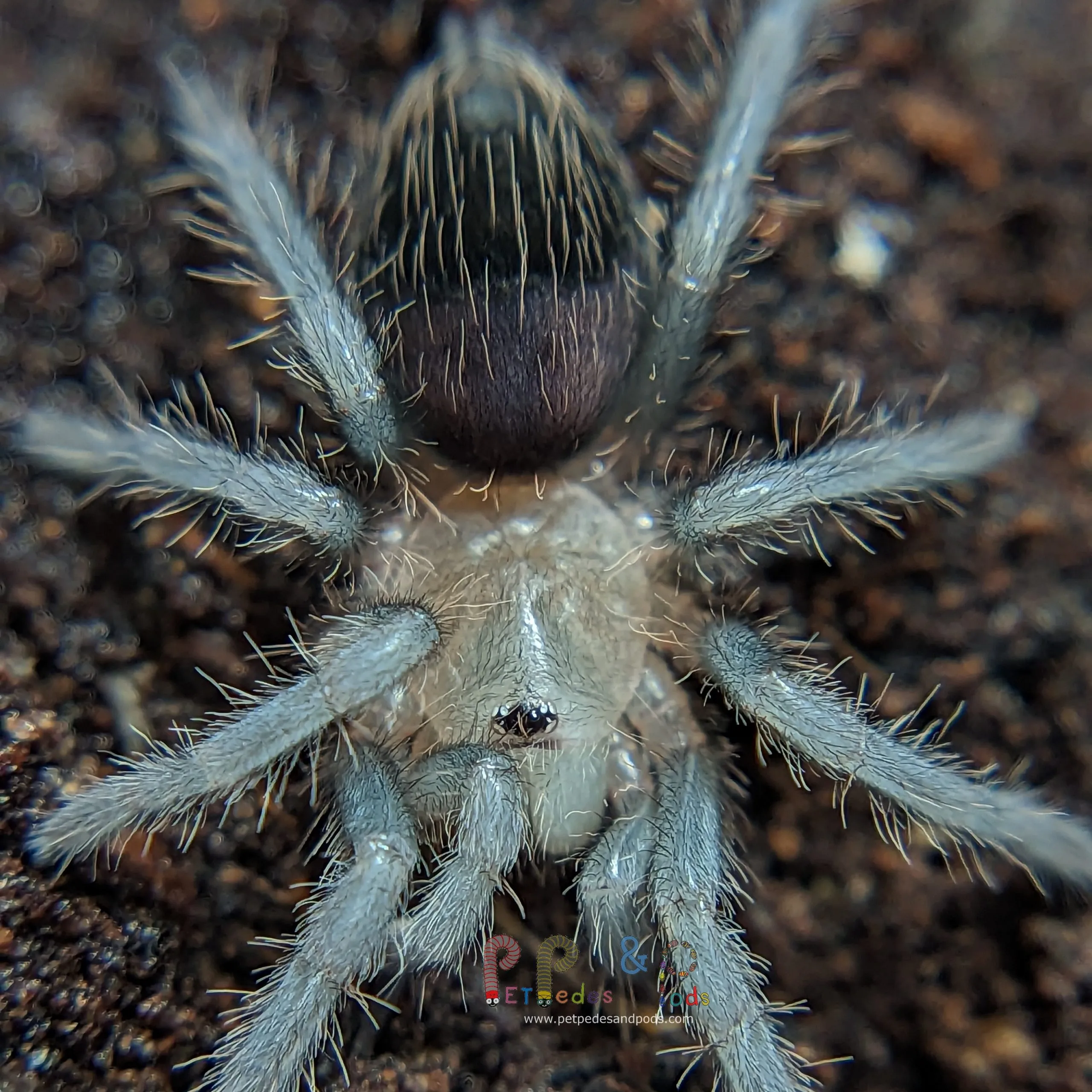
Maintaining the correct humidity level is as crucial as providing water. Humidity aids in the molting process and helps to keep the sling hydrated. The ideal humidity level varies depending on the species, but in general, tarantula slings prefer moderate humidity levels. Use a hygrometer to monitor humidity levels and adjust accordingly. Mist the enclosure lightly with water, as needed, to increase humidity. Avoid over-misting, as this can lead to mold and other health problems. Maintaining the correct humidity is crucial for their health. Different species of tarantula slings have different humidity level requirements.
Secret 5 Feeding Frequency and Amount
The frequency and amount of food you provide your tarantula sling will greatly impact its growth and health. It’s important to strike a balance between feeding enough to promote healthy growth and avoiding overfeeding. Adjusting the feeding schedule as the sling grows and based on its individual needs is an important aspect of tarantula care. Understanding when to feed and how much to feed is essential for successful sling keeping. This will ensure that you are providing the appropriate amount of food to your tarantula.
Adjusting to the Sling’s Growth
As your tarantula sling grows, you’ll need to adjust the feeding frequency and amount. Younger slings, still in the early stages of development, may need to be fed more frequently, perhaps every 2-3 days. As they grow larger, you can gradually reduce the frequency to once or twice a week. Monitor the sling’s size, activity level, and the fullness of its abdomen to determine the appropriate feeding schedule. Keep in mind that individual tarantulas have their own metabolisms, and the proper feeding schedule will vary. You’ll also need to increase the size of the prey as the sling grows. You should observe your sling’s behavior and adjust the schedule accordingly.
Signs of a Healthy Sling
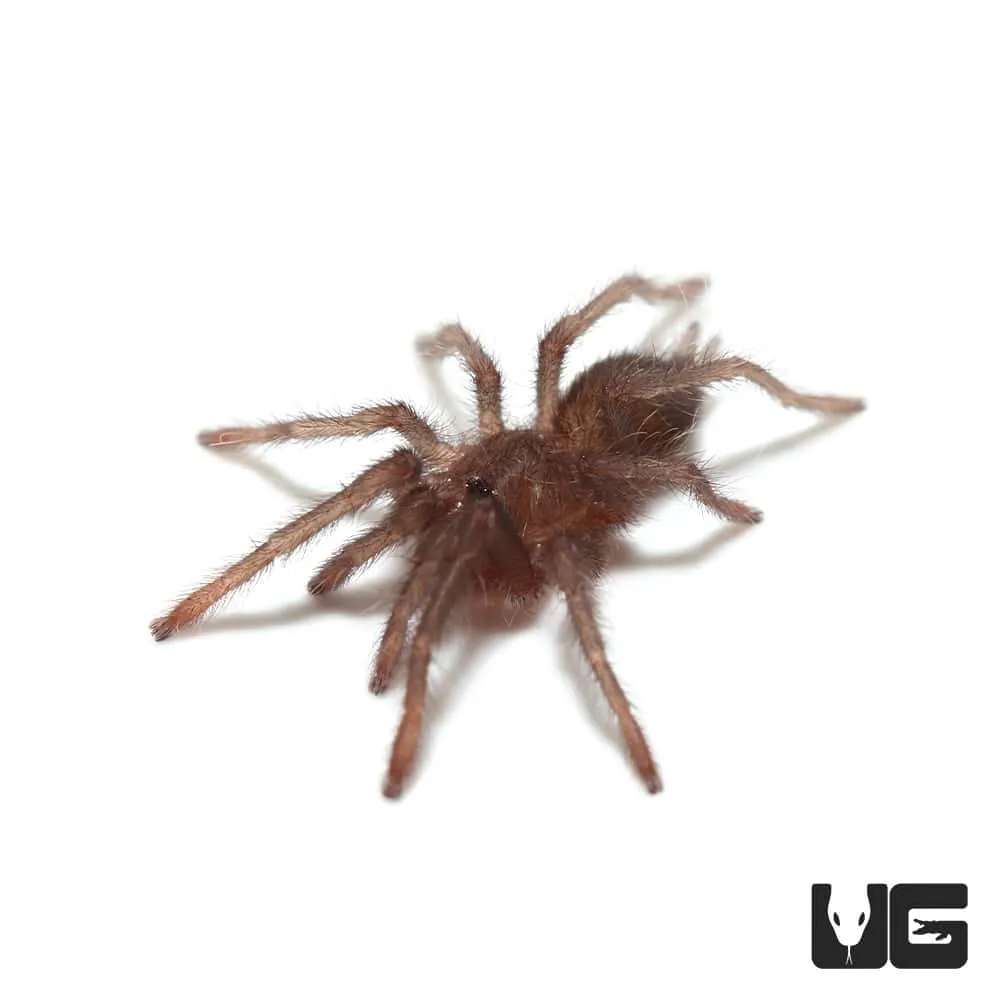
Several signs indicate a healthy and well-fed tarantula sling. A healthy sling should have a plump abdomen that is not overly distended. They should be active, showing interest in food and exhibiting normal behaviors. Regular molting is a good sign of healthy growth. A healthy sling will typically molt more frequently than an adult. Ensure that the sling’s colors are vibrant and that it is not exhibiting any signs of illness. If your sling refuses food for an extended period or shows signs of lethargy, it is important to investigate the cause. Always provide the right care and diet to keep your tarantula sling healthy and thriving.
Conclusion
Feeding tarantula slings requires a careful and informed approach, as their nutritional needs are critical for healthy growth and development. By understanding the top five secrets of tarantula sling feeding — food size, live food choices, supplementing the diet, water and hydration, and feeding frequency— you can provide the best possible care for your pet. Remember that each tarantula is an individual, and you should always observe your sling’s behavior to adjust your feeding methods. Providing a balanced diet, clean water, and proper humidity are essential to a long and healthy life for your tarantula sling. With the correct knowledge and practice, you can ensure your tarantula thrives.
